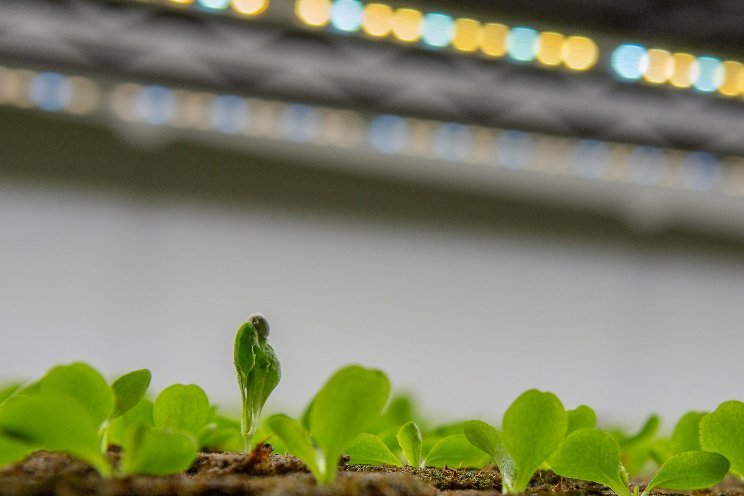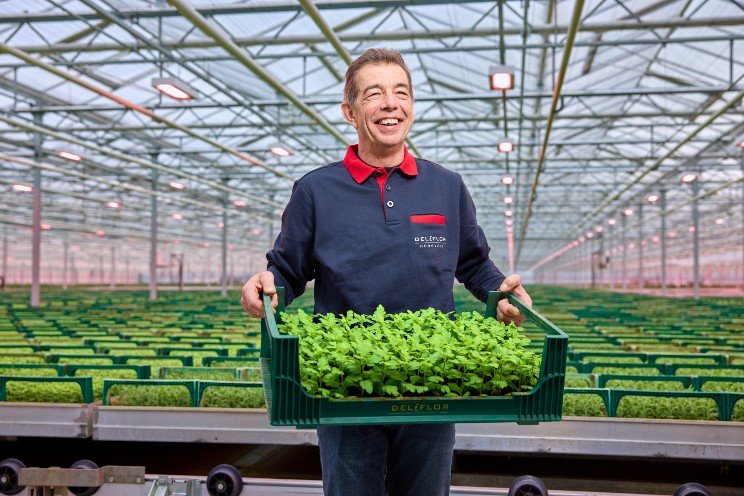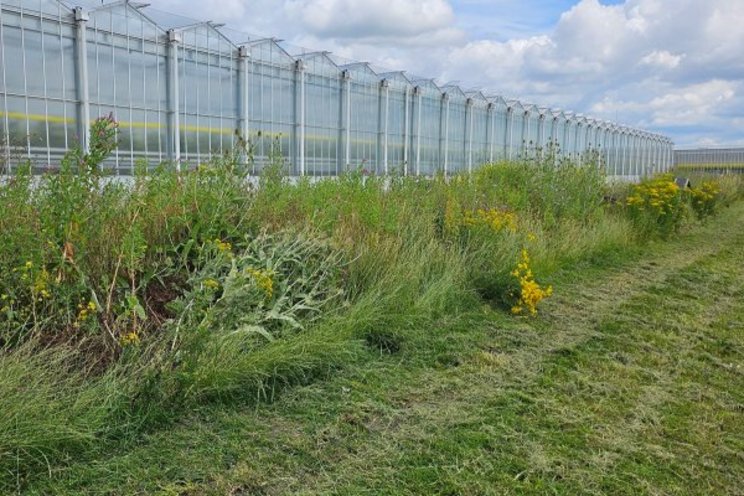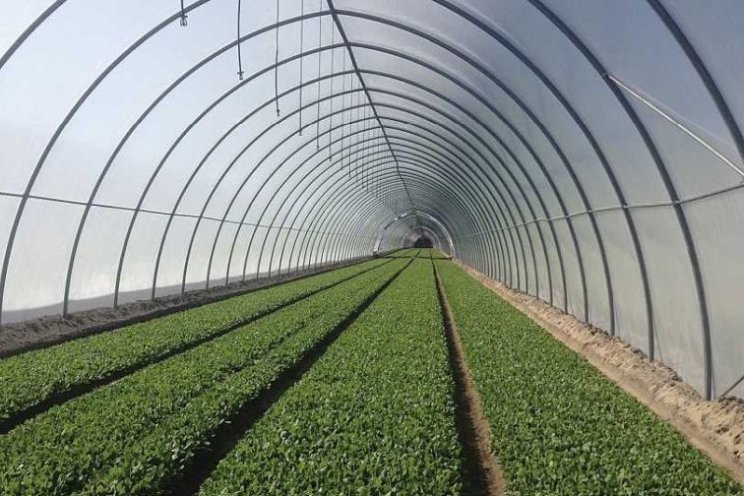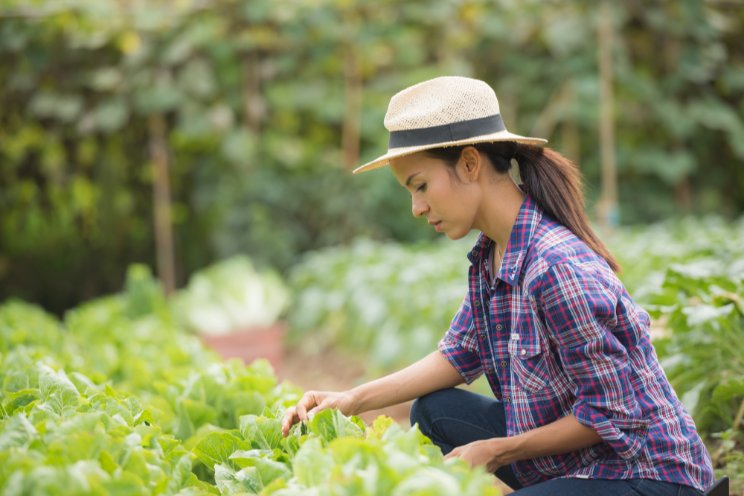Wood is recognised as the most sustainable packaging
Added on 02 November 2023

The Observatory of Greenhouse Gas Emissions of the Universitat Politècnica de València has published the Analysis of the Life Cycle of Wood Packaging, a study commissioned by ASYFE (Association of Sawyers and Manufacturers of Wooden Packaging). The report was presented at a special conference on wood packaging and its contribution to climate protection.
The study analysed for the first time the entire life cycle of wood packaging, from the cradle to the grave and compared the impacts of wood and cardboard packaging. The report takes into account all stages of the industrial processing of the raw material, including logistics, up to the management of the waste generated in the process. The study, which in this case focused on packaging for fruit and vegetables, showed that wood is the most sustainable packaging, as it has a lower environmental impact in all categories studied. Particularly noteworthy is the very positive result in terms of greenhouse gas emissions, pollution, ecotoxicity and the material's contribution to food safety. In addition, wood packaging has a major environmental advantage: a water footprint that is "practically zero" in the production of wood packaging, according to José Vicente Oliver, professor at UPV. "Wood packaging is also very light, and the ratio between very low weight and very good capacity means that wood offers many advantages in logistics," he added.
Other factors highlighted in the report are the contribution of wood packaging to the cascading use of natural forest resources, its high recycling rate and its valorisation. As an example of a biological circular economy, it is one of the pillars of the European Green Pact, which aims to decarbonise the packaging and logistics sector. A natural and renewable material that actively contributes to the fight against climate change. Through dynamic carbon sequestration, wood stores the carbon that the tree has absorbed in the past throughout its life cycle. "One m3 of wood stores about one tonne of CO2 and releases 700 kg of oxygen," points out Raquel Aguado, Director of FEDEMCO and participant in the presentation of the analysis. "In addition, the wood packaging sector promotes sustainable forest management through the use of forests, which helps prevent large forest fires, one of the main global CO2 emitters. The wood packaging industry is intervening to reduce the risk," says Aguado.
More news

